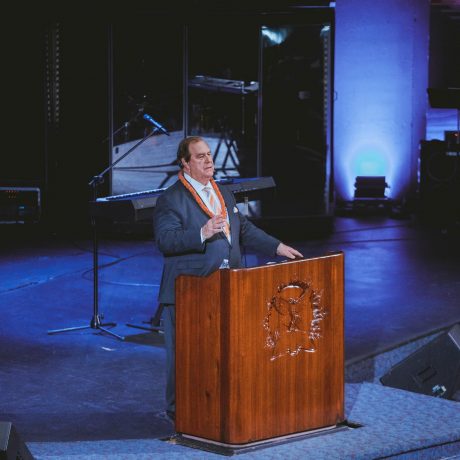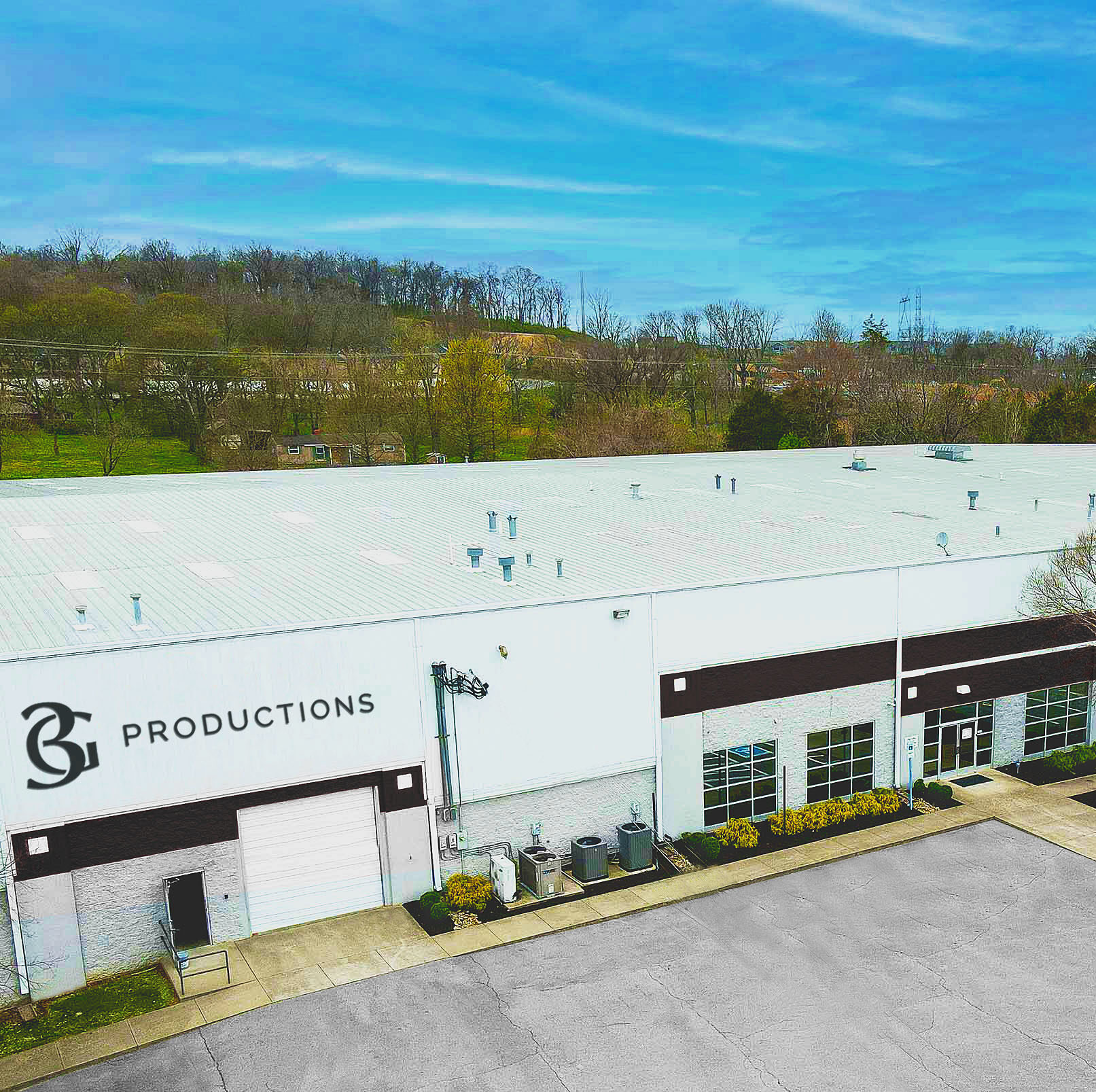
SOUTHERN CALIFORNIA – Inspiring and spiritually guiding congregants is the most vital role of a house of worship Modern churches employ a vast amount of audio and video technology to relay their message. Anything from video walls, projectors, screens, speakers, microphones, amps and more, can come into play at some point during a service. This wasn’t always the case, and the size of many churches still reflect that.
More details from Auton Motorized Systems (https://auton.com):
As worship facilities have moved from very little AV to robust, rock-concert level systems that demand deeper technology knowledge, these components must be able to fit into the floor space that’s available. This raises the concern of protecting and maintaining AV assets to ensure they have a long, healthy lifespan. One of the best ways to address these challenges are customized AV lifts and concealment solutions.
When talking about AV concealment, people typically think of a prefabricated cabinet or credenza lift that hides a TV in a room, which are popular in the residential market. But the custom lift category goes beyond a canned furniture piece. These bespoke solutions offer churches an array of options that can be tailored to their aesthetic, component, production, and infrastructure requirements. They provide many benefits and uniquely solve the challenges that churches face. Concealment solutions can include anything from a projector, ceiling, panel, to under-the-floor lifts. Ensuring that AV is concealed and stored without any restrictions or limits to location, size of gear or display, or adjustments to height or range of swivel and motion means that facilities can pick the solution that fits their vision

AV Lifts Serve Space and Adjustment Needs
Services today are just as inspiring for their message as they are for their sophisticated level of live production. While not all houses of worship aspire to offer services that rival a concert or theatrical play, there are sermons, presentations, and music throughout that still demand certain technology components to operate in harmony. For example, a projector or video wall might present song lyrics, quotes, or a video, followed by a speaker at a lectern whose voice is captured by a podium mic and supported by a display with key messages. Next up might be the band requiring amps, speakers, microphones, and more.
If space is tight on stage or if the lectern is blocking the lead vocalist, an AV lift can be a great way to move equipment out of the way when not in use. A great example is an under-the-floor lectern lift. The lectern can drop out of view so the congregation can see the band while they’re playing. Then at flip of switch or a touch of a button on the church’s control system, the lectern can rise back onto stage. This application also has the advantage of programming different height, swivel, and travel to not only accommodate who is speaking but also change up the stage landscape in entirely new ways.

AV Lifts Add Another Layer of Protection and Security
How churches can protect their growing AV investments from tampering and theft is also a legitimate concern. Often, funding is carefully raised and budgeted for technology purchases, so it makes sense that security would move to the forefront as expensive high-tech gear is added. In addition to surveillance and security systems, churches can hide their valuable investments, such as a video wall, under the floor. Concealing in this manner helps prevent theft in ways that a simple video wall mount cannot. It also prevents unwanted operation from members and visitors during non-service hours.

AV Lifts Fit with the Architecture and the Environment
Some of the most beautiful architecture in the world lives in houses of worship. From the gothic Westminster Abbey in London to the modern Chapel of the Holy Cross that rises out of the red rocks of Arizona, every worship space is distinctive in design. Adding AV technology to these spaces, especially heritage sites, can break away from the aesthetic that the architect, designer, and church leaders worked tirelessly to achieve. While it’s almost impossible to lead without some sort of microphone or speaker system in today’s churches, it is possible to conceal them when they’re not being used. Rather than having to choose a solution, such as a credenza, that works functionally but doesn’t fit in aesthetically, a customized AV lift or concealment solution can be fabricated to work with the infrastructure and design of any building, no matter if it was built in 1500 or 2015. It’s a simple way to balance aesthetics and technology. An added benefit is that churches can introduce an unexpected wow factor that can capture the attention of members as a display drops down from seemingly out of nowhere.
From Vision to Reality
While a custom concealment solution can give churches a lot of leeway, there are some best practices and consideration to keep in mind to ensure the vision becomes reality:

- Find a reputable AV lift manufacturer that specializes in custom builds
Although the sky is the limit to what a customized AV lift can do, not all lifts are created equal. Automated solutions demand a lot of specialized motorized mechanics to properly lift large video walls, lecterns, and screens up and down. Without suitable engineering, church leaders might find themselves with a grounded lift mid-service. The weight of the component; height and distance it needs to raise, lower, travel forward or backward, or swivel; as well as the measurements of where it will be installed are critical for creating the right lift for the job. A skilled and knowledgeable manufacturer will be able to build a lift that installs like it should and does exactly what it needs to each and every time for years.
- Communicate with all parties
Installing a custom lift in the ceiling or the floor obviously isn’t as simple as moving in a piece of furniture. Whether the project is a retrofit or a new build, putting in a lift demands planning and communication with those on the project team. Building a relationship with the architect, designer, contractors, and church leadership is key. They can provide information throughout the project and help to ensure everything is built out and ready for the lift to be placed.
- Plan properly
Anyone who has ever built anything knows plans can and will change often for a variety of reasons. These changes, however, can have a huge impact on the outcome of automated lift installs. Maybe a duct or electrical was moved over a couple feet, which is right where the lift was going to be installed. Be prepared by being an active and communicative member of the team so adjustments can be made in a timely fashion.
- Put custom to work
In an era of plug-and-play and off-the-shelf systems, remember that there are perks to custom options. For instance, they offer the flexibility to build to exact specifications. If project changes do come up, these can be accounted for by a reputable team for a final product that speeds up installation.
Houses of worship have an incredible mission, one that encompasses live production, technology expertise, and of course, great leadership. AV lifts are a high-tech and functional way to create smooth and powerful transitions during services while easing some of the burdens of space, security, and aesthetics that larger facilities experience.
By Art Walker, CEO, Auton Motorized Systems



